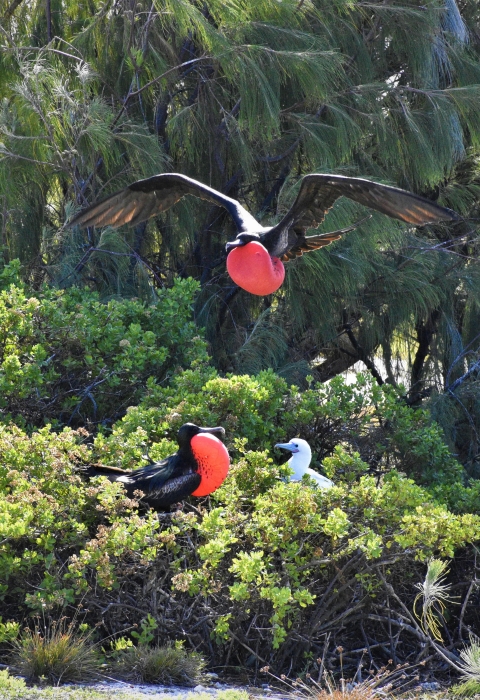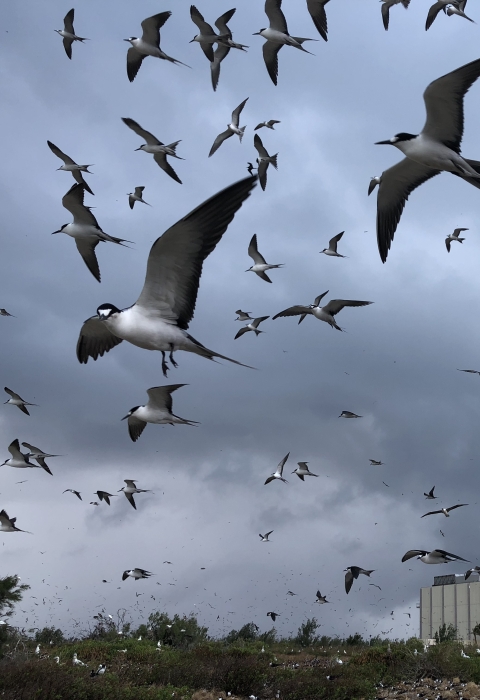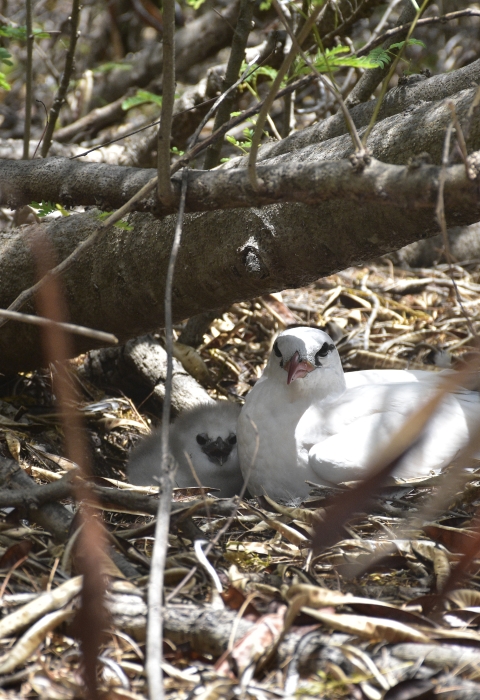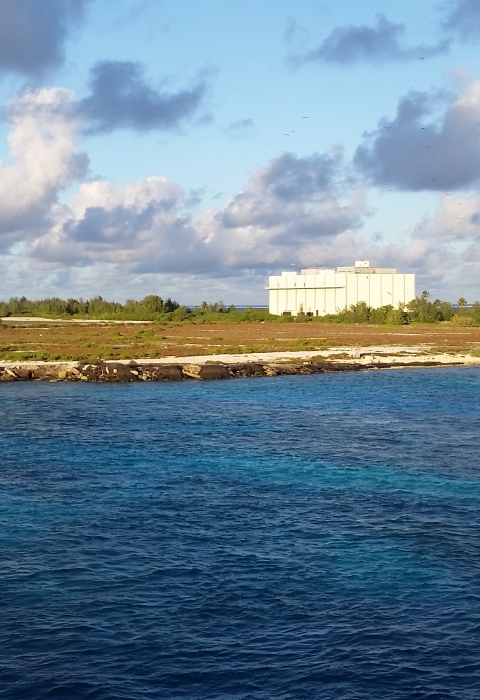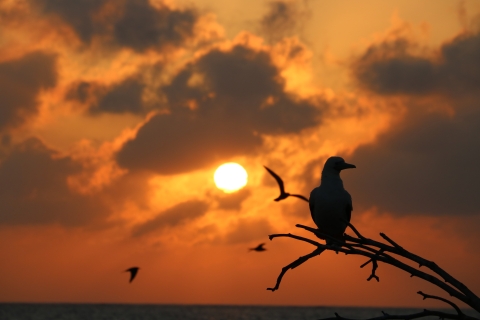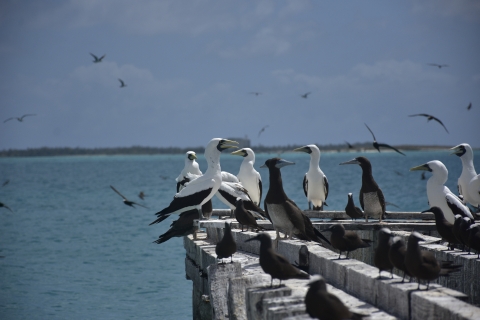Visit Us
Because of its remoteness and the important role it plays in wildlife conservation, Johnston Atoll National Wildlife Refuge is not open to the public and entry is only allowed through a Special Use Permit when the activity is deemed appropriate with purposes to the refuge establishment.
Location and Contact Information
About Us
Johnston Atoll National Wildlife Refuge is one of the most isolated atolls in the world. Located 716 nautical miles southwest from Honolulu, the formation of the atoll began 70 million years ago through a series of underwater volcanic eruptions. Established as a bird refuge in 1926, and managed today as a national wildlife refuge national wildlife refuge
A national wildlife refuge is typically a contiguous area of land and water managed by the U.S. Fish and Wildlife Service for the conservation and, where appropriate, restoration of fish, wildlife and plant resources and their habitats for the benefit of present and future generations of Americans.
Learn more about national wildlife refuge by the U.S. Fish and Wildlife Service, Johnston is still under the administrative jurisdiction of the United States military.
What We Do
The National Wildlife Refuge System is a series of lands and waters owned and managed by the U.S. Fish and Wildlife Service. Wildlife conservation is at the heart of the refuge system. It drives everything we do from the purpose a refuge is established, to the recreational activities offered there, to the resource management tools we use. Selecting the right tools helps us ensure the survival of local plants and animals and helps fulfill the purpose of the refuge.
The U.S. Fish and Wildlife Service with our partners at NOAA monitor Johnston Atoll for seabird activity and nesting, invasive species invasive species
An invasive species is any plant or animal that has spread or been introduced into a new area where they are, or could, cause harm to the environment, economy, or human, animal, or plant health. Their unwelcome presence can destroy ecosystems and cost millions of dollars.
Learn more about invasive species , and the overall health of the surrounding reef.
Our Species
Johnston Atoll National Wildlife Refuge is home to numerous species of unique wildlife. A refuge for seabirds, Johnston is home to fourteen various species, including one of the largest red-tailed tropicbird colonies in the world. The surrounding waters of the atoll are made up of a coral reef the extends approximately 11 miles east-southeast and five miles south of Johnston.
